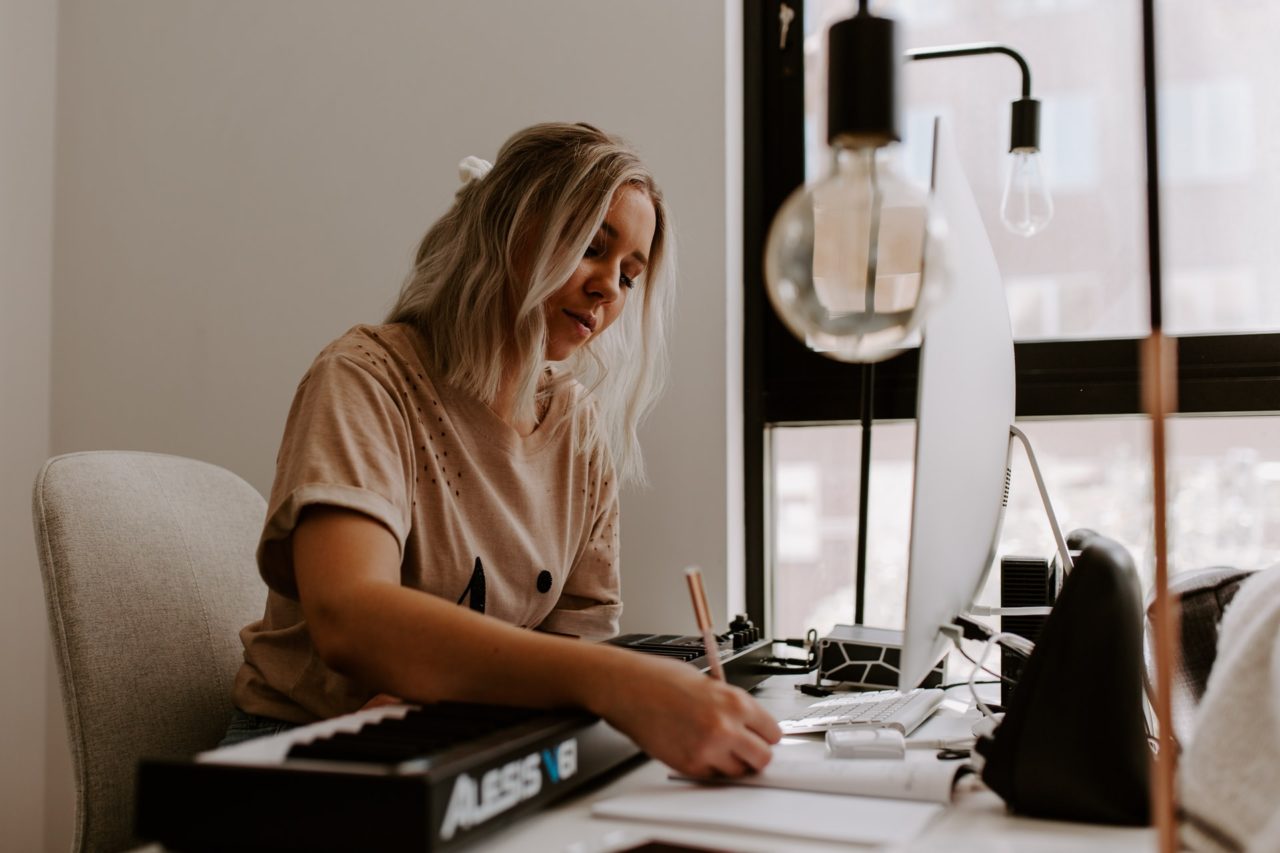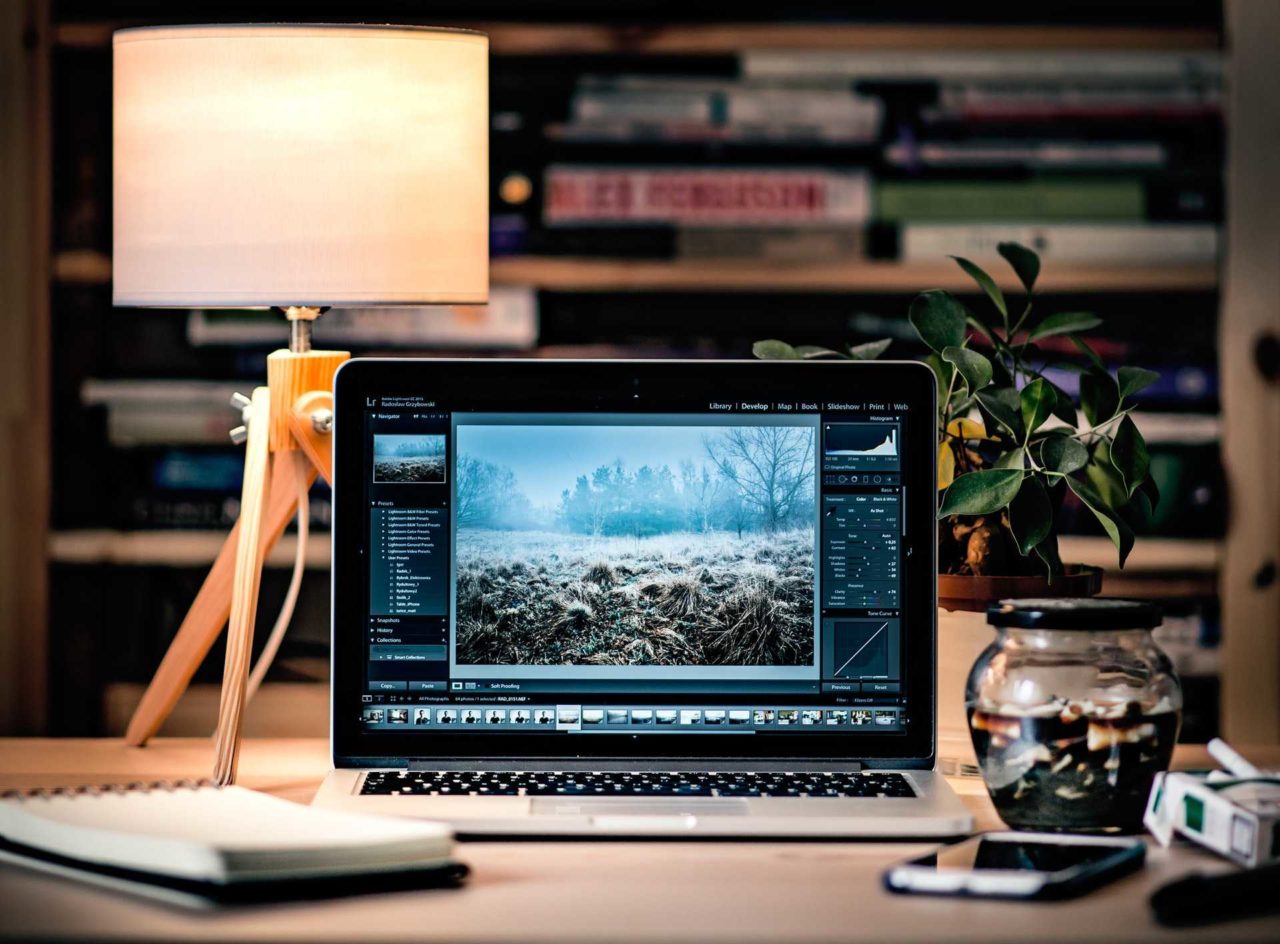Working from home right now? Struggling to cope with less time outside? Here’s some ‘top tips’ that should help you get the most from your confinement:
1. Get some daylight!
This might sound obvious but it is very important that whether you are working or just sitting and reading or surfing the net that you do get some exposure to natural daylight especially in the morning. While we are still able to exercise outdoors it would be most beneficial for you to get a dose of morning daylight to get maximum benefit for your mental and physical health. If you usually commute to work, why not spend that time in the morning doing your one period of exercise a day? That way you kill two birds with one stone – you’ll be energised for the day ahead and help maintain a healthy sleep/wake pattern which can help to ensure a strong immune system!

2. Sit near a window
Position yourself so that your screen is at 90 degrees to the window
Again this might sound obvious but given that we are likely to be confined to home for a while it would be worth moving some furniture around so that you can sit nearer to a window to get the benefit of the daylight but also to get a view of the outside world which is important for our mental health. If you work with a screen, and let’s face it, most of us do, position yourself so that the screen is at 90 degrees to the window. This minimises the chance of receiving disabling glare when you rest your eyes away from the screen.

3. Be aware of your needs
A sixty-year-old person, needs at least twice as much light as a twenty-year-old in order to have the same impression of brightness
Naturally, our lighting requirements vary according to the task that we are trying to perform but be aware that, as we mature, we require more light to do the same task as we did when younger. A sixty-year-old person, for example, needs at least twice as much light as a twenty-year-old in order to have the same impression of brightness. However, the glare effect of light must also be taken into consideration, because elderly people are more strongly affected by direct lighting and glare. Therefore, a high proportion of indirect room lighting can help to avoid glare.
4. Diffuse the light
Now that you have sorted out where and how it is best to sit, you want to make sure that the light isn’t going to be TOO much. If strong sunlight pours in, it is a good idea to have some net curtaining or a thin blind to diffuse all that glorious daylight. This will avoid any harsh changes in contrast and ‘smooth out’ the lighting level through the space ensuring that it is both bright and comfortable.
5. Connection with nature
Again it is now well known that a connection to the natural world is important for our mental wellbeing which can, in turn, have an effect on our physical wellbeing. We aren’t all lucky enough to look out onto rolling hills or mountain streams as we peer at the outside world through our windows. If your view is typically urban then think about moving houseplants around so that you create a little ‘green oasis’ around where you plan to work. I have done this and believe me, it works!

6. Use task lighting
Once daylight fades or on a grey and gloomy day you will need to resort to some supplementary task lighting. This is great because you are in control of the amount of light you receive and where it goes but there are some general rules that ensure that the task light is providing a benefit and not adding to problems!
Try and keep the light source around 600mm above your work surface.
If your task light has a short reach, think about popping it up on a couple of books or something similar to raise it up. This is important for avoiding accidental disabling glare by getting a direct view of the light source when you turn your head. You might even benefit from bouncing the light off a nearby surface rather than aiming it directly at your work surface. This will provide a softer, more diffuse general illumination of your workspace.
If you are using your task light in the evening, make sure that the light is ‘warm’ – look for a figure of 2700K or below on the lamp. Good quality LED lamps should show the colour temperature which is given as ****K – avoid those with a high figure for evening use as they could interfere with melatonin production which, in turn, can disturb healthy sleep patterns. If your task light is dimmable or even has adjustable colour temperature then that is a bonus! Remember, cold (blue) light in the morning, warm (amber) light in the evening.
I hope that these few top tips are of some assistance. Remember that we are very sensitive to our lighting conditions and the right light for the right task at the right time can go a long way to making us feel better during these tricky times.
Terry John is an independent lighting consultant who can offer independent and detailed lighting surveys of existing installations and provide guidance and advice for the correct lighting in a wide variety of workplaces from offices to factories, from hospitals to universities. Having worked for some of the major UK and European lighting companies for more than 30 years, Terry can bring the experience gained over a wide range of projects to help you with yours. Please get in touch if you’d like to find out more about lighting surveys for your workplace.
Content Team
Work in Mind is a content platform designed to give a voice to thinkers, businesses, journalists and regulatory bodies in the field of healthy buildings.




